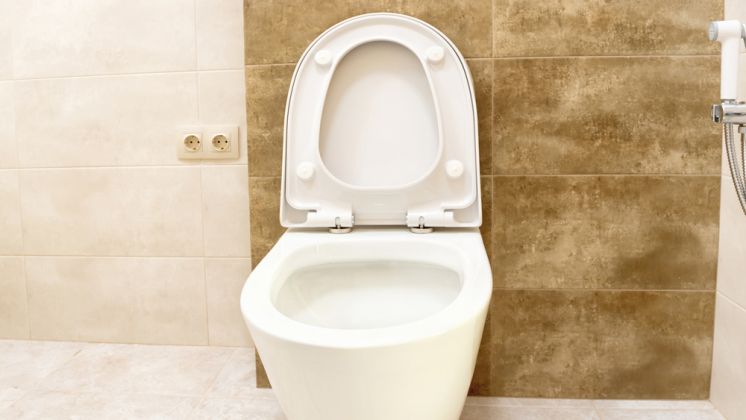A Perennial Source Of Relationship Friction – Solved
Here’s an answer to whether you should you always put the toilet seat down at home - if you’re really good at maths

It’s rude, it’s thoughtless, it seems somewhat bemusing women aren’t okay with lowering a toilet seat if men have had to lift it – all responses (of varying worth) to the act of leaving the toilet seat up in a shared household. While it seems a tiff that will rage until the end of time, or of toilets, Coach has come across an answer that seems more thought-through than most. The Pocket Encyclopedia Of Aggravation by Laura Lee is a collection of minor modern irritants and an attempt to explain them so they cease to be quite so annoying. Here’s the entry on Toilet Seat Left Up. Just choose your time to make this argument wisely – that time is not in the middle of the night when the woman you share a house with has just made unwanted contact with the loo.
You stumble into the bathroom in the middle of the night. Half asleep you sit on the toilet, only to find that your cohabitator of the masculine gender has left the seat in the upright position. You receive a rude awakening as you tumble into the bowl. Why can’t he just put the blasted thing down when he is finished?
Leaving the toilet seat up is, anecdotally at least, one of the main causes of minor marital spats. An unscientific poll conducted by a blog called UKBathrooms found (perhaps unsurprisingly given its focus) that poor bathroom habits were the leading cause of bickering and that it was the position of the loo seat that caused 48% of those tiffs. Whether or not couples actually argue a great deal about this issue, we certainly believe they do.
So what is the rule? Is he lazy and rude when he leaves it up or is the problem your assumption that toilet seat positioning is a man’s job? Fortunately, an enterprising Michigan State University economist, Jay Pil Choi, used statistics to come up with a definitive answer. The equation he employed (you can find it at https://msu.edu/~choijay/etiquette.pdf) is beyond my mathematical capacity.
The underlying reasoning is this. You begin with a household shared by men and women. Women always sit on the porcelain fixture. Men sometimes sit, but they also sometimes stand. To quote a famous children’s book, everyone poops. If you leave the seat up, then, either a man or a woman might have to reposition it depending on the particular call of nature. So, on the surface it seems that it is most efficient, and less likely to put anyone out if it is left down and only lifted when needed.
Problem solved. But wait! We’re only scratching the surface. It seems we do not defecate and urinate in equal proportion. If you are average, you poo once a day and pee seven times. (There are detailed graphs on this in Choi’s article if you want to see them.) So the question of whether the seat should be left up or down actually varies depending on the number of standers and sitters in the household. In a house where the number of women is equal to or greater than the number of men, then the rule should be seat down. To leave it up, men need to outnumber women by a certain ratio to “minimise the aggregate costs of inconvenience”.
The Pocket Encyclopedia Of Aggravation (Cassell) is out now. RRP £10, check price on amazon.co.uk
Sign up for workout ideas, training advice, reviews of the latest gear and more.

Jonathan Shannon was the editor of the Coach website from 2016 to 2024, developing a wide-ranging experience of health and fitness. Jonathan took up running while editing Coach and used the training plans on the site to run a sub-40min 10K, 1hr 28min half marathon and 3hr 6min marathon. He’s an advocate of cycling to work and is Coach’s e-bike reviewer, and not just because he lives up a bit of a hill. He also reviews fitness trackers and other workout gear.
